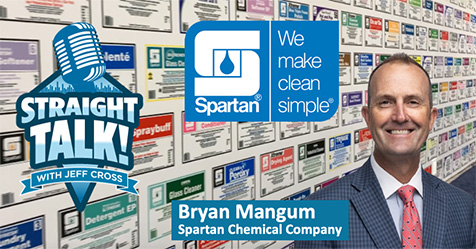Summer Cleanfax Digital Issue Now Available
The 2025 Summer issue of Cleanfax is now available in digital format.
In this issue of Cleanfax, learn how to tackle challenging pet odors, gather data from the annual Restoration Benchmarking Survey Report, and discover how to use artificial intelligence to make a positive difference in your company. Then delve into the psychology of hoarding for tips on how your business can help in these challenging situations.
Read about why “old-school” marketing is stronger than ever and explore how cleaning and restoration companies can tap into the profits that providing clean, healthy air can bring.
Here’s a quick look at what you’ll find in this issue:
- Smile Power!: Turn your clients into cheerleaders.
- Practical Uses of AI: Be smart with AI in cleaning and restoration operations.
- The 2025 Restoration Benchmarking Survey Report: The data and statistics all restoration companies need to grow and succeed.
- Old-School Marketing: Why thank you cards and printed newsletters outshine digital.
- Know When to Walk Away: Recognize when a job isn’t worth the risk.
- More Than Masking: 10 strategies to tackle odors head-on
- Finding Success in Failure: Losing clients isn’t always a bad thing.
- A Breath of Fresh Revenue: The business case for adding IAQ to cleaning services.
- The Psychology of Hoarding: Understand and respond to unique challenges.
- The Compass Question: How will you get there?
- The Last Word: Five Questions for Howard Partridge
View the Table of Contents and see all that’s available in this issue
Keep up to date on industry topics in video format. Subscribe today for free.
Advertise and promote your company, products, and services in the next issue of Cleanfax magazine.

